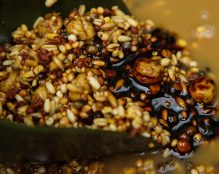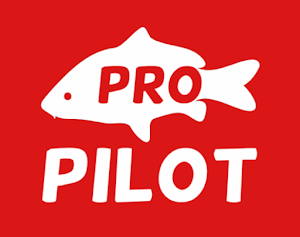Mastering Canal Carp Fishing: Tips and Tricks for Success
Carp fishing in the UK's canals offers a unique and rewarding challenge for anglers. Unlike stillwater venues, canals require a distinct approach due to their varied environments and the nature of the fish they host. This guide covers essential strategies for catching canal carp, focusing on timing, baiting techniques, equipment, and more.
Understanding Canal Carp Behavior
Canal carp are often less pressured than their lake counterparts, but they are also more wary due to the consistent disturbances from boats, cyclists, and other canal users. Understanding their behavior and the best times to fish is crucial.
Timing Your Fishing Sessions
Canal carp are most active during the quiet periods of dawn and dusk. During the day, the activity on the water can make them more skittish, pushing them into hiding. However, they can be found feeding in the middle of the day if you locate quieter areas with less disturbance. The key is to observe and adapt to the specific conditions of your chosen stretch of canal.
Location, Location, Location
Finding carp in a canal involves understanding the layout and identifying potential hotspots. Look for features such as:
- Deeper Channels: Carp often use these as highways for moving along the canal.
- Overhanging Vegetation and Snags: These provide cover and food sources.
- Boat Moorings and Structures: Carp are drawn to the cover and food debris around moored boats.
Prebaiting is a powerful technique in canals, helping to draw and hold carp in a specific area. Using a variety of baits such as particles, pellets, and boilies can attract carp, though smaller nuisance fish may also be drawn in.
Essential Equipment and Techniques
Using Backleads
Backleads are crucial in canals to keep your line pinned down and out of the way of boats and other potential hazards. This not only prevents line damage but also reduces the chance of spooking fish with a taut line.
Baiting Poles and Accurate Placement
For precise bait placement, especially near far-bank features or under overhanging foliage, a baiting pole is invaluable. This tool allows you to place your bait quietly and accurately, increasing the chances of a successful catch.
Surface Fishing Techniques
In warmer months, surface fishing can be incredibly effective. Travel light and focus on stalking carp using floaters such as dog biscuits or bread. This approach allows you to cover more ground and react quickly to feeding carp. Observing the water for signs of carp activity, such as swirling water or bubbling, can lead to exciting sight-fishing opportunities.
Bait Selection and Strategies
The choice of bait is crucial in canal carp fishing, given the variety of natural and artificial foods available to the fish. Here are some effective baits and strategies:
- Boilies: A staple in carp fishing, boilies can be tailored in size and flavor to match the conditions and the fish's preferences.
- Pellets and Particles: These can be used in conjunction with boilies to create a varied baiting strategy that appeals to carp's natural feeding behaviors.
- Natural Baits: In some situations, especially in clear water, using natural baits like worms or maggots can be effective, particularly for wary fish.
Prebaiting with these baits can acclimatize carp to feeding in your chosen spot, increasing the likelihood of a catch when you begin fishing.
Adapting to Canal Conditions
Canal environments can change rapidly due to weather, boat traffic, and water level variations. Successful canal carp anglers are those who can adapt their tactics accordingly. Here are some tips for adapting to these conditions:
- Monitor Weather and Water Conditions: Changes in weather can influence carp behavior. Overcast days may see carp feeding more actively during the day, while bright, sunny days may push them into shaded or deeper areas.
- Adjusting Bait and Tackle: Be prepared to switch baits or tackle setups based on the day's conditions. For instance, if small fish are eating your bait, consider using larger boilies that only the bigger carp can take.
- Be Stealthy: Canal carp are sensitive to noise and vibrations, so approach your fishing spot quietly and keep noise to a minimum. This includes being mindful of your footsteps on the towpath and handling your gear carefully.
Conservation and Respect for the Environment
Carp fishing in canals, like all angling, should be conducted with respect for the environment and the fish. Always use proper unhooking mats and handling techniques to minimize harm to the fish. Additionally, be mindful of litter and avoid disturbing wildlife or damaging the canal's natural habitats.
Conclusion
Catching carp in the UK's canals is a rewarding pursuit that requires observation, patience, and adaptability. By understanding the unique challenges of canal environments and employing the right tactics, you can enjoy successful and memorable fishing experiences. Whether you're prebaiting, using a baiting pole for precise placement, or stalking carp on the surface, the key is to stay flexible and responsive to the conditions and the behavior of the fish.








